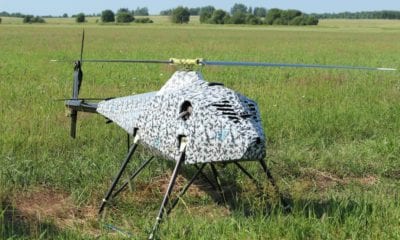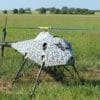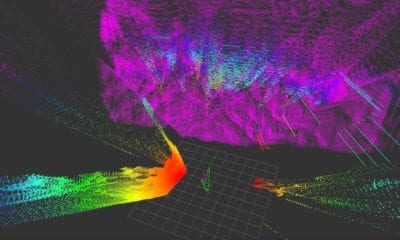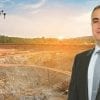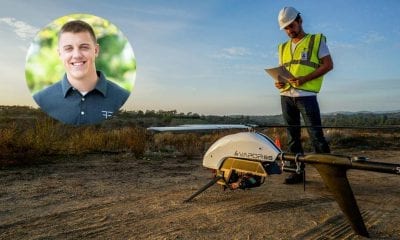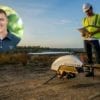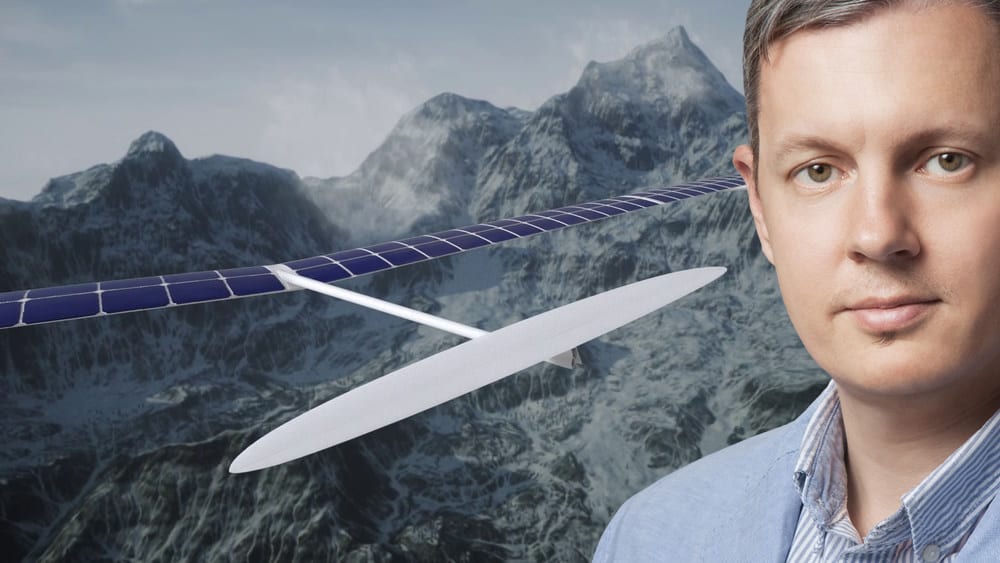
Back to Base (B2B)
An Interview with Vadim Tarasov – UAVOS INC Investor and Board Member
Can you tell us about the history of UAVOS as a company?
UAVOS was founded in 2011 in Switzerland. In 2016, the company began operations in the United States. The head office of UAVOS is located in Silicon Valley, California. The structure of the company includes R&D department, design and technology department, electronics department, manufacturing department, flight test station.
We started as a small team, now there are about 90 highly qualified specialists in our staff. They are mostly design engineers of the highest category, with vast experience in the aviation industry. Among company employees there are professional sportsmen in gliding, masters of sport of international level as glider pilots. There’s also a small division of AI and software development engineers responsible for the autopilot development, led by the company founder and president, Aliaksei Stratsilatau.
UAVOS is engaged in the development and production of unmanned civil, military and dual-use systems and solutions. I think our biggest advantage is the availability of our own production base. All the product creation cycles, including the monitoring and synchronization of updates, are implemented by one of our teams. First of all, this allows us to be independent of third-party suppliers.
I’d like to note that the philosophy of our company is a forward motion and prompt actions in developing and creating innovative products in the field of robotics. Our specialists consistently work in the most important areas of the industry – jam-resistant communication, on-board power systems, automatic control algorithms, navigation and flight safety. One of our ambitious projects is a stratospheric solar powered unmanned aerial vehicle.
What’s the main focus of UAVOS as you move towards 2018?
We have several priorities for the next year:
First, we are about a few partnerships with aircraft manufacturers that would produce unmanned aircrafts for cargo and potentially human transportation off the factory using UAVOS’s unmanned conversion kit.
Next year we also intend to expand one of our relatively new areas of focus – our services department providing UAV services based on our helicopter technology. UAVOS has already launched projects for the industrial use of drones in Eastern Europe, such as Poland, Romania, Bulgaria, and Kazakhstan. I’d like to mention, that this is a long-term initiative by UAVOS to replace traditional methods of inspection in the oil and gas and energy sectors with robotic technologies. It’s not just about the use of UAVs, but integration of different payload systems as well as image and video processing algorithms enabling us to do real-time post-processing of the data captured.
We are constantly expanding our product line. Next year we plan to launch a mass production of new modifications of unmanned helicopters with a gasoline, hybrid and electric engines. We also plan to obtain certifications for a number of our heavy UAVs.
As I already said, currently we are developing a new configuration of the atmospheric satellite, which would be more suitable for carrying different types of payload and at the same time we are patenting a number of concepts related to HAPS.
You recently announced a project in Kazakhstan utilizing the UVH-29E, can you tell us a little more, challenges etc?
When carrying out the project, we faced, for example, strict requirements for our equipment for intrinsic safety. Also we faced the new strict flight regulations. Compliance with safety regulations required the modernization of our unmanned helicopters, as well as obtaining additional permits.
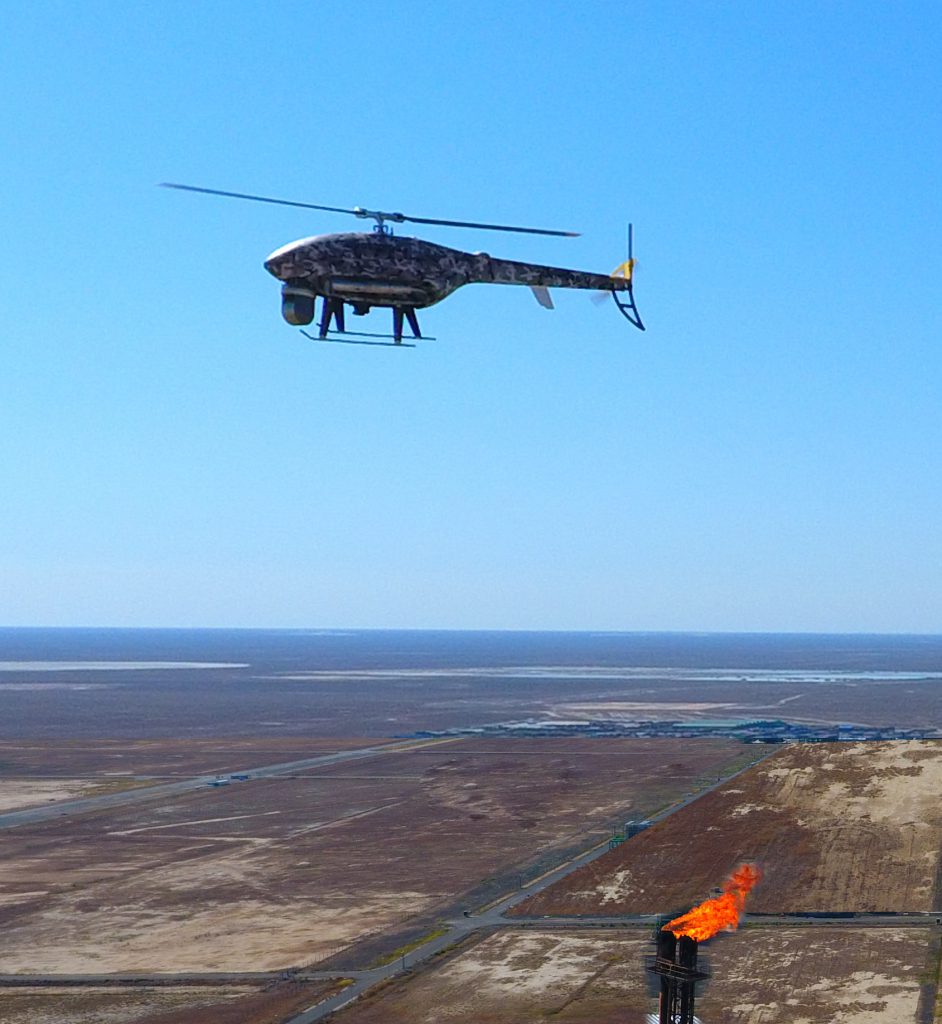
Can you tell us about the logistics of this project, team size, equipment, security?
The project in Kazakhstan was conducted by three of our specialists. Our unmanned helicopter with improved intrinsic safety was controlled via laptop-based portable control station. The unmanned helicopter complex was equipped with a standard antenna. We did not have any special problems with logistics, because some of our equipment was already in Europe, in our Swiss office.
Indonesia trialed the UVH-29E, can you provide some more detail on this project beyond the press release?
We didn’t expect that the host party would so meticulously examine our helicopter complex. For example, during a demonstration flight over the ocean we were asked to completely turn off the control station to check the system autonomy. The helicopter has safely returned to the base!
Moreover, the flights took place in a place with a very complicated electromagnetic environment, which caused a high level of interference with GNSS and the communication channel.
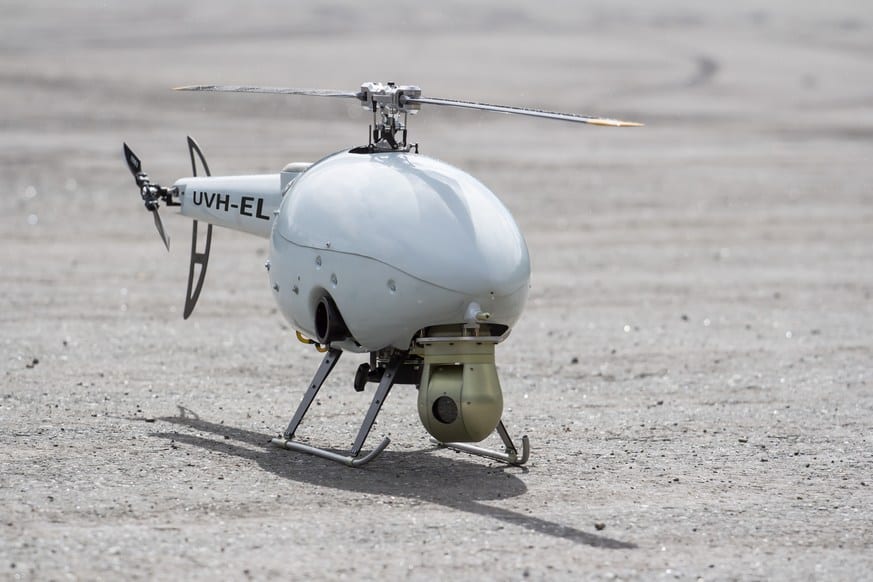
Can you share any information about your Interference protection system, specs, capabilities?
Our system of counteraction to GNSS spoofing and jamming attacks is the result of many years of systematic work by our team in the field of countering EW. We offer our customers UAVs that are invulnerable to the latest generation means of the radioelectronic warfare. Technical solutions used in UAVOS electronic protection equipment and automated control system make it possible to disable GPS navigation in a timely manner during spoofing attacks and to switch to fully autonomous flight relying exclusively on the on-board integrated inertial navigation system. The UAV equipped with a complex of countermeasures to electronic warfare systems allows an unmanned vehicle to return to the base and carry out a mission with a maximum error of navigation 2-4 km per flight hour.
Are UVH-29E units in production and for sale yet? How much are typically?
The unmanned UVH-29E helicopter is one of the modifications in our line of mass produced unmanned helicopter systems. Demonstration flights in Indonesia, as I said, were successful, and currently we are preparing a contract for the delivery of a large batch of our helicopters. The consumer price of unmanned systems largely depends on the configuration, but essentially it’s $100K+ price tag even in the base modification. Depending on the specific systems included and the payload, which itself can be extremely expensive, the price can go much higher.
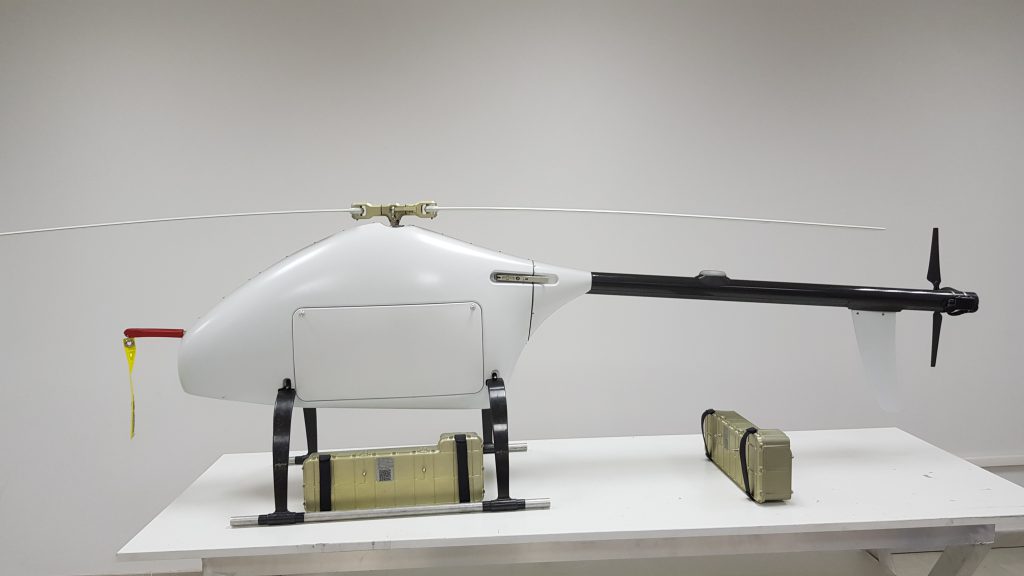
Who are your potential customers?
Well, potential and existing customers include UAV service providers, and among them are enterprises of various sectors of the economy: agriculture, security facilities, electric utilities, oil and gas sector enterprises, environmental organizations.
We discuss possible cooperation with operators of unmanned equipment, both civil and dual-purpose, interested in acquiring UAS.
Any plans for variants of the 29E, smaller or larger, battery powered?
The unmanned UVH-29E helicopter is already the past for UAVOS. Now we are working, and already conducting test flights on newer modifications of unmanned helicopter complexes, with improved characteristics.
One of them, UVH-EH electrical is of our own assembly and has all the following characteristics: 1 hour flight time with 5 kg of load, lithium battery.
The other new helicopter – UVH-85 has a 4-stroke gasoline engine, which gives the drone longer endurance. Among the new modifications: a generator for supplying payload, an electric starter that allows remote start. The maximum payload weight of a UAV is 15 kg.
Our other 4-stroke gasoline engine based helicopter is UVH-150, which is equipped with the improved generator and electric starter. This helicopter features increased payload capacity – it can carry a payload of up to 20 kg.
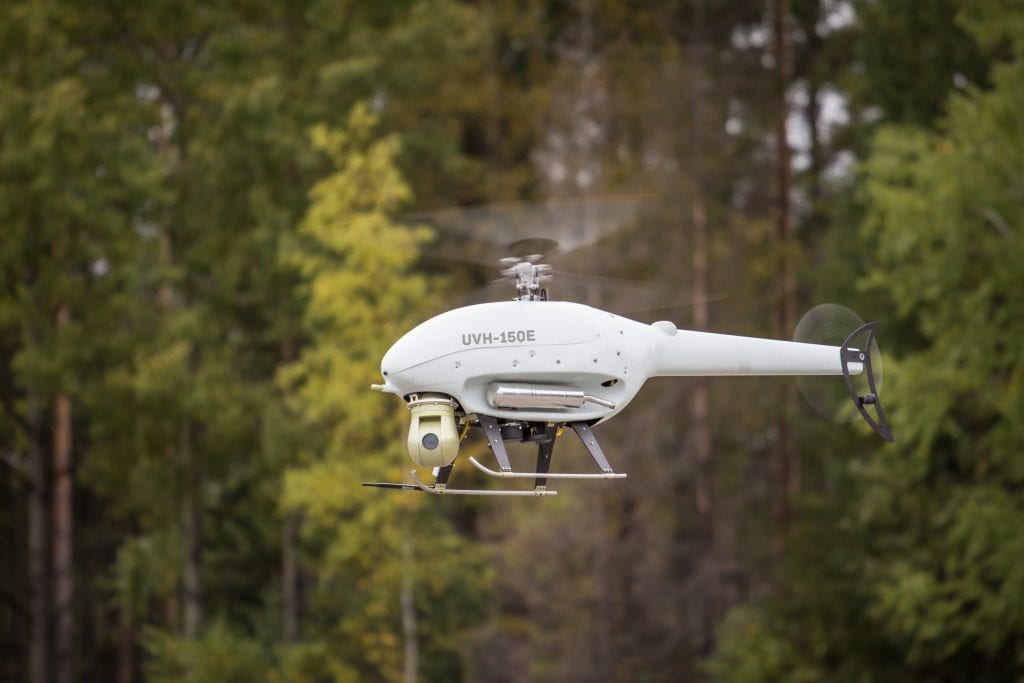
UVH-150
I’d like to note, that in all new helicopters we have made improvements, which significantly increase the reliability of our equipment. First, the drive of the rear propeller is removed, and a brushless engine and a fixed-pitch propeller are installed. The ballistic rescue system is improved.
Can you update on the Apus High Altitude Pseudo-Satellite (HAPS)?
This area we keep very confidential, so for now I’ll just say, that we are now working on a new, more advanced HAPS design. Test flights are already underway, but after a number of successful launches of the initial HAPS, that has successfully performed at 11.5 miles altitude we don’t foresee any significant challenges. If everything goes according to the plan, we are about to announce the product next year, with some strong partnerships in telecom industry. But even now I can say that the results are promising!
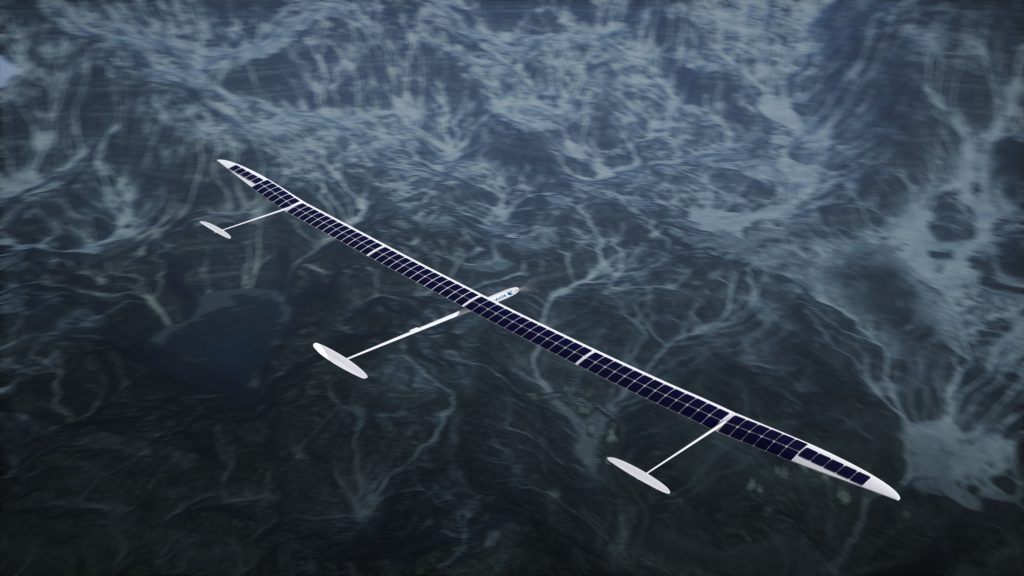
APUS by UAVOS
Has the UAVOS automatic control system (ACS) moved to test phase?
Yes, this is in mass production – for a number of years already. This year we have released the 10th version of the system.
UAVOS automatic control system has three modifications: Micro system for unmanned vehicles 5-15 kg, Mini –15-70 kg, and also options to control unmanned platforms from 70 kg to 1500 kg.
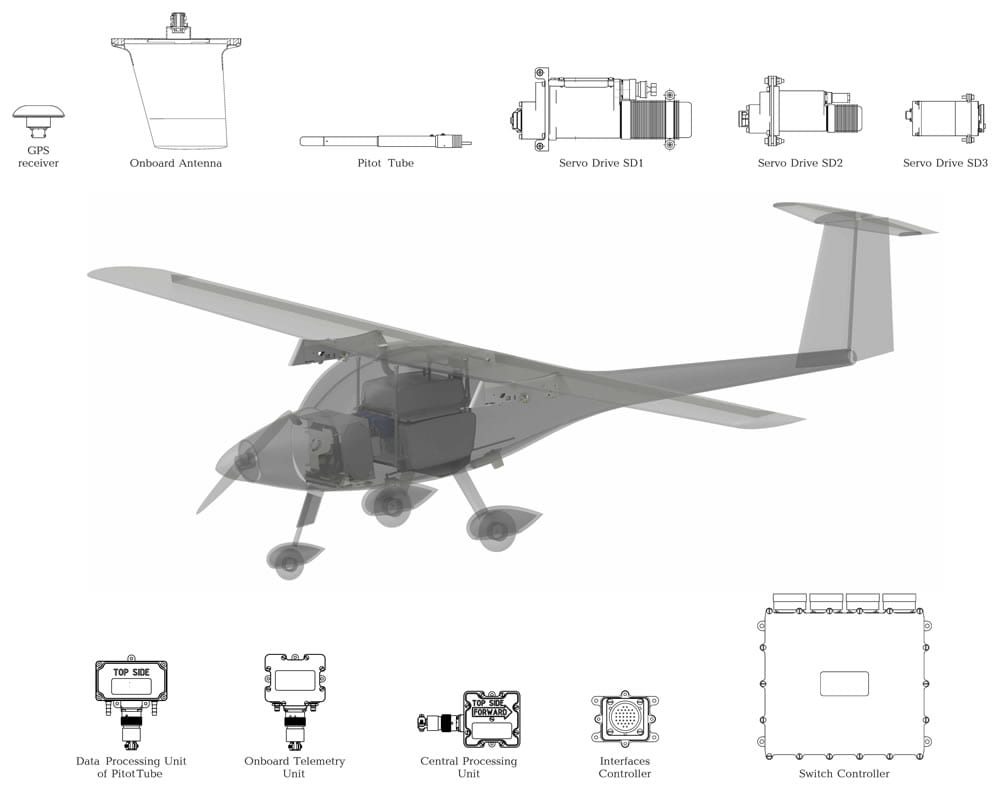
AP10.1 system configuration for airplanes example
Any further trials / collaborations in the pipeline?
The pilot work on the identification of oil spills has already started. In the coming months we plan flights with a payload specifically designed for that purpose.
Are there any early adopters of your products you can talk about?
Our main customers are enterprises in Saudi Arabia, Vietnam, and other Asian countries. Unfortunately, I can’t go into details since we have a non-disclosure agreement with them.
Do you see opportunities in the other industries for the UAVOS?
Definitely, the BLOS segment of UAV services is still nascent and that’s precisely our strong point. We see great potential in aerial cartography services using our unmanned helicopter systems and software. By the way, in some countries we have already received metrological certificates.
Does UAVOS see any potential in the consumer sector?
All our equipment is too expensive for the B2C sector. We make professional equipment.
Where will you be exhibiting next?
We plan to participate in industry and aviation exhibitions the next year. As for now, we are working on the schedule of our activities. We’ll be glad to see your journalists at our stand!
Overall how do you see the UAS / UAV technology expanding or changing in the next 5 years?
In my opinion, there will be a serious problem with the regulation of unmanned flights and the control of the integrity of the UAVs. Most changes would occur in the BLOS segment regulation and standardization of DAA systems. In the US, for example, one of the major expected advances is the integration of the UAS in the national airspace system. In the US NASA leads this initiative. Other countries are lagging behind so far, but I assume once certain standards are adopted, they will follow suit.
The next 20 years?
If you look so far into the future, I think the use of UAVs will be pervasive across all industries. That said, a secure unified global network of control and management of unmanned platforms will need to be created at the state and international level. But the adoption of UAVs will drastically affect our daily life, and at the same time disrupting a number of industries, such as logistics, construction, e-commerce, etc.
In your industry what companies excite or inspire you?
SpaceX. It is creativity, design, and commercial unbounded risk. I am always delighted and inspired by those few “insane” leaders. These are just the kind of people that make a revolution, change our technology, the world as a whole. Even though some of SpaceX’s initiatives, such as Mars Colonization, are quite risky as the existing technologies are quite far from making it possible.
Anything else you’d like to add?
Thank you for your interest in our company. We are always ready to share with you our new developments.
About Vadim Tarasov
 Vadim Tarasov is a founder of CB Invest, a cross-border VC fund, investing in deep tech companies. He is also a venture partner with Target Global (targetglobal.vc) and Bright Capital Digital (bright-capital.com). From 2014 to 2016 Vadim was a venture partner at Altpoint Ventures (altpointventures.com), where he invested, among others, in companies such as Lyft or Honk, that would both likely use unmanned systems in the near future to further disrupt their corresponding markets.
Vadim Tarasov is a founder of CB Invest, a cross-border VC fund, investing in deep tech companies. He is also a venture partner with Target Global (targetglobal.vc) and Bright Capital Digital (bright-capital.com). From 2014 to 2016 Vadim was a venture partner at Altpoint Ventures (altpointventures.com), where he invested, among others, in companies such as Lyft or Honk, that would both likely use unmanned systems in the near future to further disrupt their corresponding markets.
Vadim also currently serves as a Board Member at CIAN Group (cian.ru), the leading vertical classified in real estate in Russia, Light Polymers (lightpolymers.com), a disruptive new materials company and SmartCommerce.co, a big-data company for retail.
Vadim received a M.Sc. in Applied Mathematics from Moscow State University and a Masters degree in E-Business from Universitat Ramon Llull.





